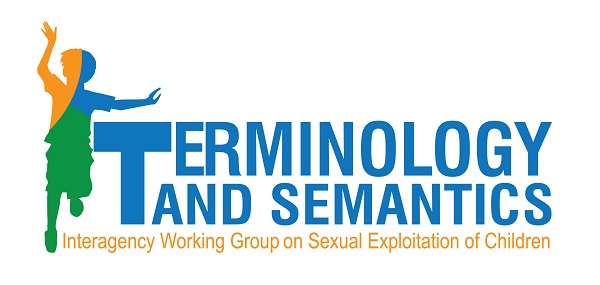
A Global Interagency Working Group has released the ‘Terminology Guidelines for the Protection of Children from Sexual Exploitation and Sexual Abuse’ in Geneva, Switzerland, on Tuesday, taking an important step in strengthening collaboration to address sexual exploitation and sexual abuse of children.
Child sexual exploitation and sexual abuse are complex phenomena involving multiple actors, and requiring a multi-sectoral response. The absence of common language to describe conduct amounting to sexual exploitation and sexual abuse affects and undermines global efforts to protect children. “Even where the same terms are used, there is often disagreement concerning their actual meaning, resulting in confusion and challenges for law-makers, child protection agencies, media and civil society groups” explained Dorothy Rozga, Executive Director of ECPAT International. In the context of transnational child sexual abuse and sexual exploitation, these difficulties are magnified.
The Terminology Guidelines, dubbed the ‘Luxembourg Guidelines’ after their adoption in the small country earlier this year, offer guidance on how to navigate the complex lexicon of terms commonly used relating to sexual exploitation and sexual abuse of children. They aim to build consensus on key concepts in order to strengthen data collection and cooperation across agencies, sectors and countries. Today, the Guidelines are being made available to all major child protection agencies and organisations around the world, as well as to law-makers and the media.
The ‘Luxembourg Guidelines’ were developed under the guidance of a global Interagency Working Group, composed of 18 members, including the Special Representative to the UN Secretary General on Violence against Children, the UN Special Rapporteur on the Sale of Children, Child Prostitution and Child Pornography.
“In these important guidelines, policy makers, professional associations and child rights defenders find a crucial resource to provide precision in terminology, enhance accuracy in the development of monitoring tools, and gain conceptual clarity to mobilise efforts for the safeguard of children's freedom from sexual violence across regions,” said Marta Santos Pais, the Special Representative to the UN Secretary General on Violence against Children, and core member of the Interagency Working Group.
“In the fight against sexual exploitation and sexual abuse of children, terminology is not just a matter of semantics: it determines the effectivity of responses,” said UN Special Rapporteur on Sale of Children, Child Prostitution and Child Pornography, Maud de Boer-Buquicchio. “The Luxembourg Guidelines will contribute not only to protecting children, but also in ending the impunity for these heinous crimes,” said the UN Special Rapporteur.
“Our hope is that the Guidelines will be widely disseminated and that all actors will familiarize themselves with the meaning and possible use of the terms and concepts presented in the Guidelines. We believe that by doing so they will contribute to a more effective protection of children from all forms of sexual exploitation and sexual abuse” said Professor Jaap Doek, Chairperson of the Interagency Working Group.
Coordinated by ECPAT, the Interagency Working Group deliberated over the course of 18 months, bringing together experts and international actors in child protection to forge consensus on the terminology used in child protection on sexual abuse and sexual exploitation.








